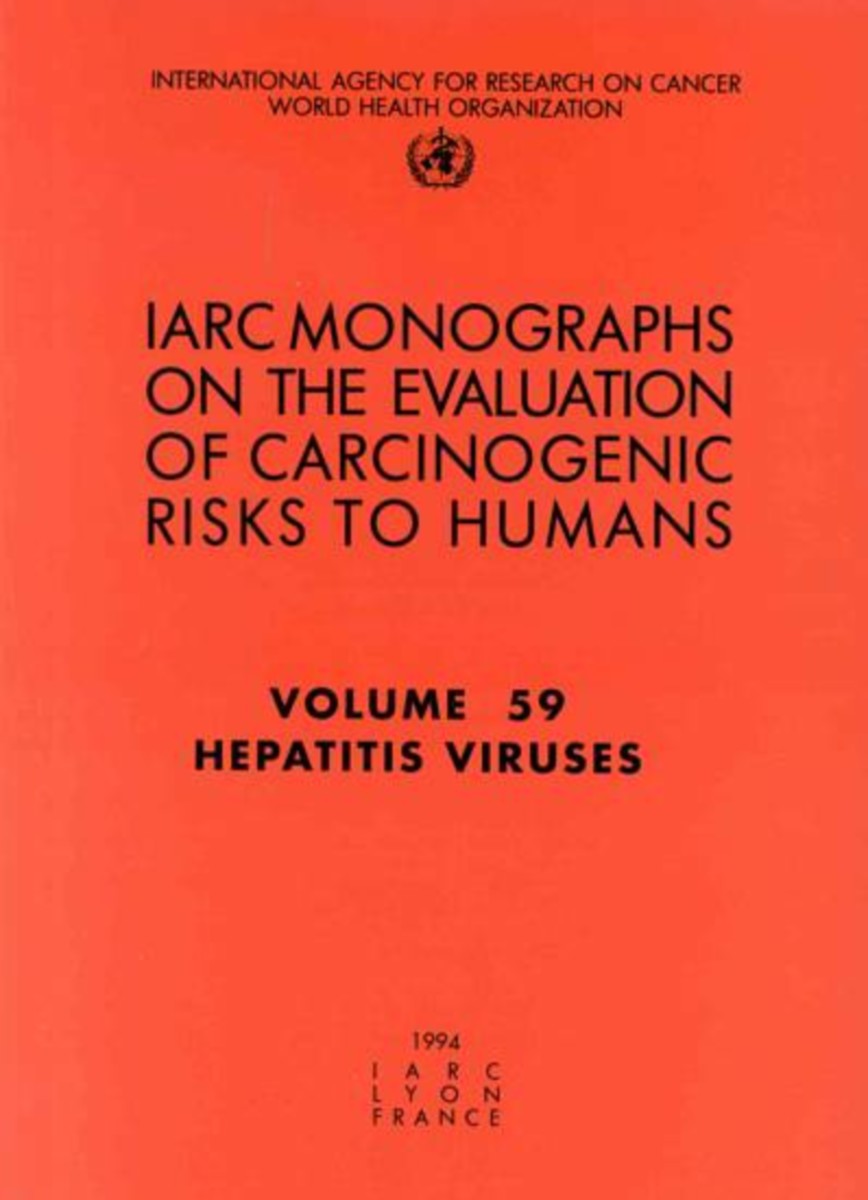- Publisher
World Health Organization - Published
1st June 1994 - ISBN 9789283212591
- Language English
- Pages 286 pp.
- Size 6.75" x 9.5"
Evaluates the carcinogenic risk to humans posed by exposure to three hepatotropic viruses: hepatitis B virus, hepatitis C viruses, and the hepatitis D virus, which exists as a satellite agent of hepatitis B virus.
Among the several viruses that can cause hepatitis, these three were selected for evaluation because of their potential to induce chronic liver infection. The most extensive monograph evaluates the large body of data suggesting a link between infection with hepatitis B virus and hepatocellular carcinoma in humans. The evaluation takes on particular importance in view of the high prevalence of chronic infection with this virus, particularly in developing countries. A brief summary of the structure of the virus and methods for its detection and analysis is followed by a thorough assessment of human exposure data, including patterns of transmission and factors influencing the course and clinical manifestations of infection, studies of cancer in humans, and studies of cancer in primates, transgenic mice, woodchucks, ground squirrels, ducks and other species. In view of the strong association between hepatocellular carcinoma and chronic infection with the hepatitis B virus demonstrated in numerous studies, the monograph concludes that chronic infection with hepatitis B virus is carcinogenic to humans. The second monograph evaluates data on hepatitis C virus, which is the etiological agent in most cases of post-transfusion hepatitis. Following a similar format of evaluation, the monograph concludes that chronic infection with hepatitis C virus is carcinogenic to humans. The final monograph evaluates data on hepatitis D virus, a satellite agent of hepatitis B virus with no known natural host other than humans. Because of methodological problems and inconsistencies in the evidence, infection with hepatitis D virus could not be classified as to its carcinogenicity to humans.
The International Agency for Research on Cancer
The International Agency for Research on Cancer (IARC) is part of the World Health Organization. IARC's mission is to coordinate and conduct research on the causes of human cancer, the mechanisms of carcinogenesis, and to develop scientific strategies for cancer control. The Agency is involved in both epidemiological and laboratory research and disseminates scientific information through publications, meetings, courses, and fellowships.


